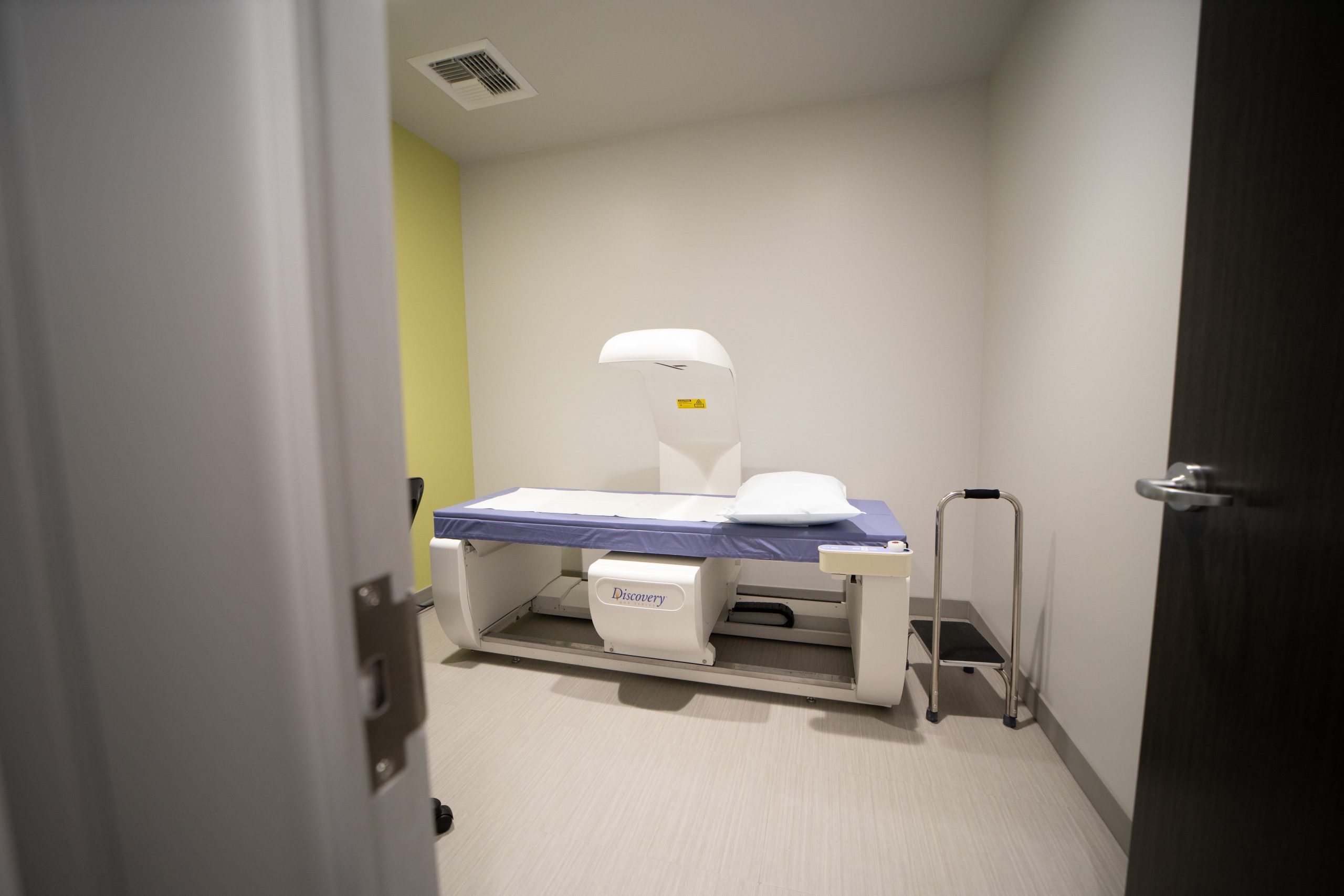Dexa
Bone Densitometry (DEXA, DXA)
Bone densitometry, also called dual-energy x-ray absorptiometry, DEXA or DXA.
Bone densitometry uses a small dose of ionizing radiation to produce pictures of the inside of the body (usually the lower (or lumbar) spine and hips) to measure bone loss. It is commonly used to diagnose osteoporosis, to assess an individual’s risk for developing osteoporotic fractures. DXA is simple, quick and noninvasive. It is also the most commonly used and the most standard method for diagnosing osteoporosis.
This exam requires little to no special preparation. Tell your doctor and the technologist if there is a possibility you are pregnant or if you recently had a barium exam or received an injection of contrast material for a CT or radioisotope scan. Leave jewelry at home and wear loose, comfortable clothing. You may be asked to wear a gown. You should not take calcium supplements for at least 24 hours before your exam.

